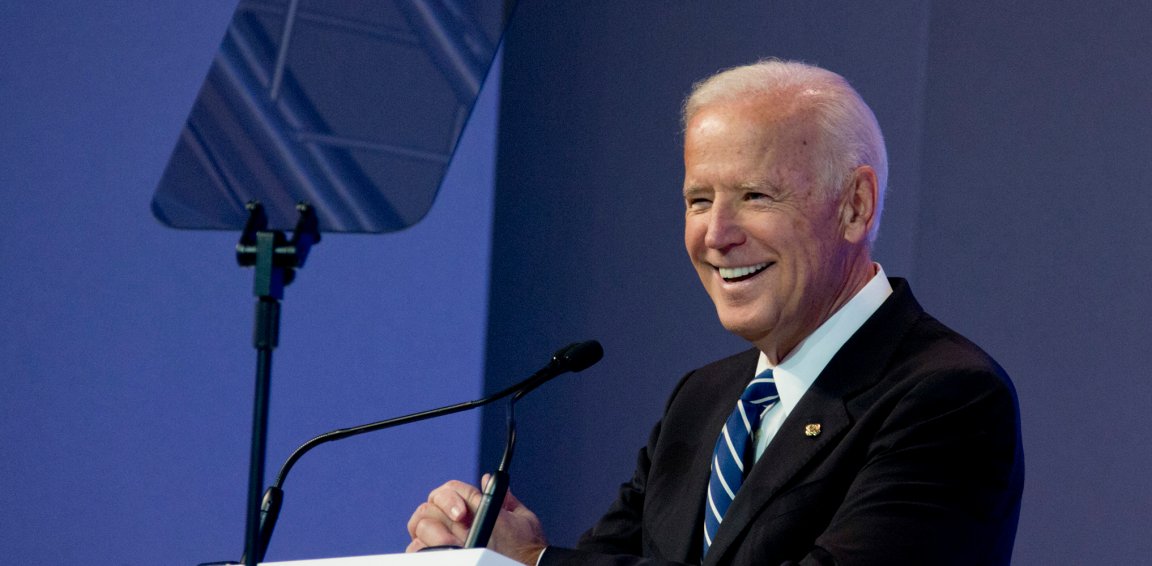
Cancer Moonshot At SXSW
Former Vice President Joe Biden personally experienced the sorrow of cancer when his son Beau died of brain cancer in 2015 at age 46. This loss took Biden out of the 2016 race for the presidency, but it also inspired him to make the “cancer moonshot” a reality. This $6.3 billion research initiative aims to double the pace of cancer research over the course of five years by carefully targeting spending and making the best new therapies in the field available to more people.
On March 12, Biden and his wife Dr. Jill Biden took the stage at SXSW 2017 hoping to inspire the audience of “some of the most innovative minds in the world” to stay involved with the initiative so we can all benefit from “gigantic progress” in the battle for prevention, treatment, and detection of cancer. Biden emphasized his hope that this “generation can be the first to go through life with a different understanding of cancer as a preventable and controllable disease.”
Biden explained the various ways that the moonshot has benefitted from cooperation between government agencies, drug companies, private companies, researchers, healthcare professionals, hospitals, patients—all of whom are stakeholders in the fight. The moonshot has also become an international venture, which is vital to its success; Biden’s work has already resulted in data sharing with 10 countries. “The hope is there will be tens of thousands more patients, increasing the commons and hopefully exponentially we’ll have more data to be able to be examined to unlock some of the secrets this dreaded disease hides,” he said.

Public Investment In Research
Biden was quick to point out that even government agencies you might not expect, such as NASA and the Department of Energy, have played a key role in the moonshot: “I don’t know any outfit that knows more about radiation than NASA. [Radiation therapy] kills the bad guys, but kills a lot of good cells too, even when it’s really precise,” he said. The National Cancer Institute’s “Genomic Data Commons” has also more than doubled since the initiative began.
The Joint Economic Committee of the U.S. Congress has itself recognized the “critical role of the government in funding R&D.” Congress asked the National Academy of Sciences (NAS) how it should assess the economic return on governmental investment in research. In 2014, NAS answered with their report, “Furthering America’s Research Enterprise.” The report indicates that the focus should be placed on cultivating a world-class research community, and that economic returns from research naturally follow once such a community exists. However, private funding for research is, by definition, focused on economic returns or other specific goals in almost all situations. This is why public investment in research and a government that is committed to working with scientists who are conducting potentially life-saving research are both so critical.
Biden highlighted some failures in cancer research until now, and many concern data silos. Failed trials don’t get shared, so efforts are duplicated. Patients can access just about any information online, but not general data on cancer outcomes or genomic data — sometimes even their own. As exciting as Biden’s efforts are, the reality at present is that the moonshot faces uncertainty, as do many scientific programs reliant on government funding.